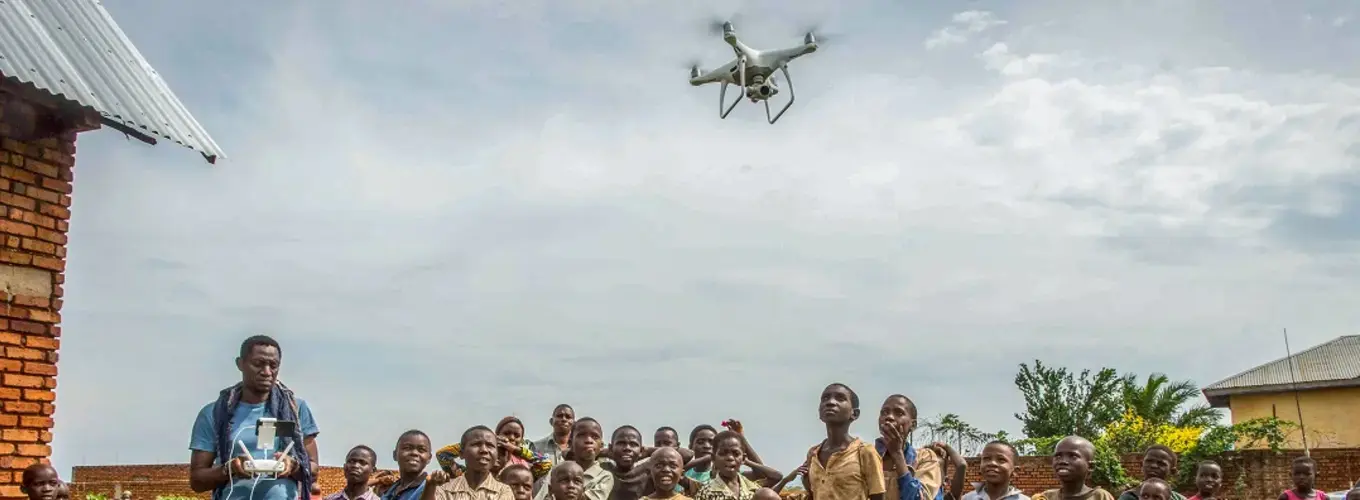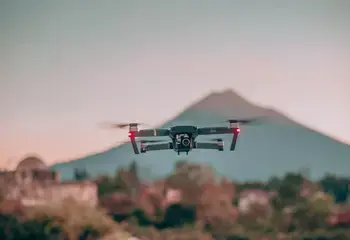Innovation is critical to the future well-being of societies and will provide opportunities for both humanitarian and development work. The Fourth Industrial Revolution —characterised by disruptive technologies such as as Artificial Intelligence (AI), Big Data, Internet of Things and blockchain, and innovations in areas of robotics, 3D printing and drone technology—are transforming many areas, including disaster risk reduction and disaster management.
Rapid advancements in digital infrastructure and the increasing spread of devices, especially wireless broadband networks, smartphones and cloud computing, are creating fertile conditions for the application of disruptive technologies to disaster management. While still in their early years, these have already changed the way we work, live and interact. As these technologies develop further, gain a wider reach and become cheaper, the pace of transformation will only accelerate.
Through these disruptive technologies, we can improve our understanding of the causes of disasters, enhance early warning systems, respond to emergencies more efficiently, save lives where it used to be impossible, assess damage in new ways and add to the knowledge base of the social behaviours and economic impacts after a crisis strikes. These innovations can also help us to define where to prioritize scarce resources.
Several CBi Member Networks have started piloting innovative approaches and new technologies. For example, the Philippine Disaster Resilience Foundation (PDRF), launched the world’s first private sector–operated Emergency Operations Centre using GIS technology, among others. The Centro Nacional de Apoyo para Contingencias Epidemiológicas y Desastres (CENACED) developed a mobile application for matching disaster recovery needs with monetary and in-kind support as well as volunteers. The Asia Pacific Alliance for Disaster Management, Sri Lanka (A-PAD SL), worked with a local taxi hailing mobile application called PickMe to incorporate an SOS feature for rescuing stranded people.
A 2019 study on disruptive technologies and their use in disaster risk reduction and management by ITU, the International Telecommunication Union, found that “many uses of Big Data, robots and AI remain largely experimental. Largescale impacts will require more time and investments in skills and research. Traditional technologies, though not considered disruptive, continue to play a critical role in disaster management, and are also benefitting from digitization. Satellite imagery and seismometers remain important methods for detecting, monitoring and accessing disasters, and text messaging has a wide reach when communicating with the public.”
In 2020, CBi, in partnership with the SDG AI Lab, embarked on a research project on how AI and other technologies are being used, or could be used, in disaster preparedness, response and recovery. The projects focuses on the use of natural language processing (NLP) to understand the private sector contributions in disaster management more broadly and looks at the potential of GIS technology for private sector networks.
To learn more about CBi’s innovation work and partnering opportunities, please reach out to connectingbusiness@un.org
Cover photo: UNDP DRC


